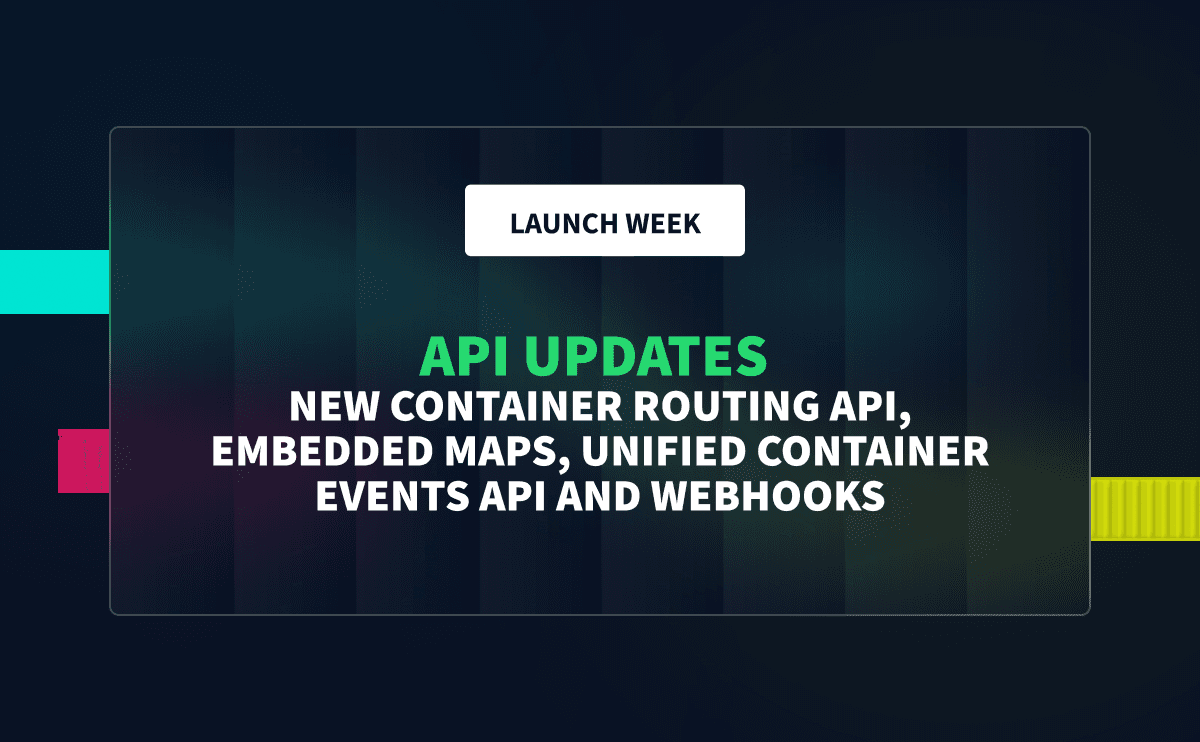Recently, the Port of San Francisco’s new maritime director, Andre Coleman, shared insights about the cargo challenges facing the industry in 2020 and beyond. Making the most of growth opportunities for more vessels and shipments in the coming years also means preparing for greater volume demand.
Although many of the issues the maritime director mentioned are specific to San Francisco’s port, there are also far-reaching implications for everyone in the import business, particularly when it comes to meeting service expectations.
It also involves revitalizing ports to accommodate the growth and addressing new regulatory issues related to fuel changes, including the switch to low-sulfur fuel as part of climate change initiatives like IMO 2020. These changes in fuel use could result in new challenges for shipments. For example, the more expensive low-sulfur fuel may cause vessels to travel slower to consume less fuel or may lead to detours during the shipment process just to access what may become a limited fuel supply.
Let’s look at some of those challenges before highlighting the solutions that you can access now to address the issues while capitalizing on new import opportunities.
Lack of Satisfaction
One of the biggest issues has been the lack of satisfaction with shippers and service. Numerous findings from UK consultancy firm Drewry and the European Shippers’ Council support that conclusion. In the firm’s third annual shipper satisfaction survey published earlier this year, 300 participants noted their overall dissatisfaction rate, which was lower than the previous year.
Primarily, their dissatisfaction related to the lack of clarity around pricing and transit times. They also struggled with the lack of reliable data on booking and cargo shipments. On a positive note, there was satisfaction related to accurate documentation, equipment availability, and carrier financial stability.
Drewry concluded that the best solution to improve service satisfaction was greater transparency for service levels, performance, transit times, and pricing. It’s important to address the overall expectation to have greater predictability and visibility.
The Pressure of New Delivery Expectations
This need for predictability and visibility comes from demand at the end of the logistics chain with same-day deliveries ramping up and pressure building on a legacy logistics process. According to recent findings, nearly a quarter of today’s consumers will pay a higher delivery fee to get same-day delivery. Also playing a role in this change is technology like real-time data analytics.
Therefore, it’s up to companies to speed up their fulfillment processes and move products at a much faster rate. That has inspired the development of the last-mile delivery process.
To address this need, a new breed of company has emerged to provide technology solutions for tracking this faster fulfillment process. This means introducing smart technology as well as using connected devices and sensors as part of the Internet of Things (IoT) environment. Service issues can also be addressed through email notifications and SMS alerts to stay on top of tracking these shipments.
A Transparent and Predictive Solution
The right solution for these pain points is to provide a platform that enables importers to make the best logistical choices for their containers journey throughout the supply chain. That means having a solution that allows you the best possible way to track vessel ETAs.
With Terminal 49, simply enter the Bill of Lading number. From there, it will automatically populate and save shipment details and container numbers. Compared to the traditional workflow for vessel tracking and ETA, you no longer have to manually enter the Bill of Lading information and container numbers on multiple websites and portals to copy and paste that data into a spreadsheet numerous times a day. Saving hours of manual labor and precious resources.
The Terminal 49 platform updates ETAs every four hours while the containers are on the water. If changes have occurred, users receive immediate notification regardless of what device you choose to use via Web and email communication channels. Users also have the choice to receive consolidated daily notifications to streamline their inbox volume.
Other Valuable Features
Terminal 49 gives you the option to have SKU-level or product-specific visibility for your shipments. By uploading your packing lists to the Terminal 49 system, all your shipments get tagged with the product SKUs located on the packing lists.
This valuable feature gives you a more detailed viewpoint for tracking the ETA for every product on every shipment without the time-consuming process of manually entering and update all that data. To move shipments quickly to meet increasing fulfillment expectations, including the ability to help e-commerce and brick-and-mortar retailers provide same-day deliveries, it’s ideal to have every possible data point available.
Reliability Enables Effective Planning Processes
Because Terminal 49's technology accurately reports vessel ETAs from every steamship line, you can more effectively plan the rest of the logistics journey with your other partners.
This is especially important should any of your shipments get delayed due to customs, steamship line holds, USDA holds, etc. or if these shipments happen to arrive ahead of schedule. Plus, you’ll be aware of any associated fees that require action to prevent any delays that could adversely impact your service performance and your bottom line.
Start Tracking
Meeting those last-mile expectations can’t happen if you stick with a legacy logistics process. There’s a solution waiting for you that will help improve service delivery and strengthen those distribution partnerships while simultaneously lowering your overall cost structure. To start enjoying greater transparency and predictability for tracking vessel ETAs and your shipments, click here to see how Terminal 49 works.





